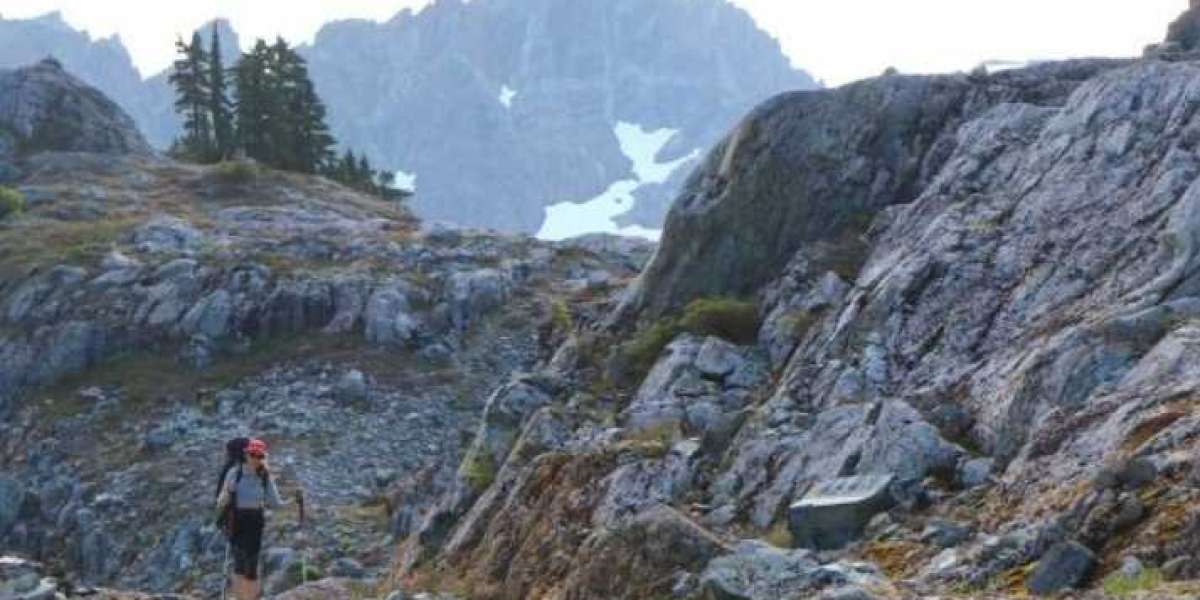Navigation is an essential skill in wilderness survival. If you become lost or disoriented, being able to navigate your way to safety can mean the difference between life and death. Before you head out into the wilderness, plan your route and familiarize yourself with the area. This includes studying maps, knowing the terrain, and identifying potential hazards. As you travel, pay attention to your surroundings and make a mental note of landmarks, turns, and other features. Use these landmarks to stay oriented and avoid getting lost. Always bring navigation tools such as a compass, map, GPS device, or a combination of these. Make sure you know how to use them properly and keep them accessible. Navigation is an essential skill for wilderness survival. By planning ahead, bringing navigation tools, using natural navigation techniques, staying oriented, staying calm and focused, leaving a trail, and signaling for help when necessary, you can navigate your way to safety in the wilderness.
Navigation without a Compass:
While having a compass is definitely helpful, there may be situations where you find yourself without one. In these cases, it's important to know how to navigate without a compass. Here are a few tips:
Use Natural Navigation: Natural navigation involves using the natural environment around you to find your way. Look for natural landmarks, such as mountains, rivers, and trees, to orient you. Also, you have to learn about wilderness navigation courses during hiking. The position of the sun and stars can also be used to determine direction. It's a useful skill to have in situations where you don't have access to navigation tools, such as a map or compass, or when these tools fail.
Follow a Trail: If you're on a well-defined trail, follow it to your destination. Look for signs of recent foot traffic, such as disturbed leaves or tracks, to confirm that you're on the right path. Trails may be marked with blazes, cairns (piles of stones), or other markers. Look for signs of a trail, such as a worn path or a break in the vegetation. If the trail is not well-defined or you are traveling off-trail, leave markers to help you find your way back. Use brightly colored tape, stones, or other items that stand out. If you become lost or disoriented, stay calm and take a moment to assess your situation. Retrace your steps if possible, and look for signs of the trail.
Create Landmarks: Creating landmarks is a useful technique for navigating without a compass. Landmarks are easily identifiable features in the landscape that can help you orient yourself and find your way. A cairn is a pile of stones that can serve as a landmark. Build a cairn at a point where you want to change direction or mark a specific location. Make sure the cairn is visible from a distance and that it is not likely to be knocked over by wind or animals. If you come to an intersection on a trail, make a mental note of the location and characteristics of the intersection. Look for distinctive trees, rocks, or other features that can help you identify the intersection later.
Use a Map: Using the map, plan your route ahead of time. Look for trails or other landmarks that you can use to navigate. Estimate the distance you will need to travel and the time it will take. Most maps will have a compass rose that shows the direction of north. Use this to orient the map so that it is aligned with the actual terrain. As you travel, check your progress against the map. Look for landmarks and use them to confirm your location.
Follow a Stream: Following a stream is a useful technique for navigating without a compass. Streams are natural waterways that can guide you in a certain direction, and they often lead to larger bodies of water, such as lakes or rivers, which can serve as useful landmarks. As you follow the stream, try to stay as close to it as possible. This will make it easier to find your way back if you need to retrace your steps. Streams often lead to larger bodies of water, such as lakes or rivers. These can serve as useful landmarks that can help you orient yourself.
Listen to Nature: Listening to nature can be a helpful way to navigate in the wilderness without a compass. The sound of water can help you navigate. Listen for the sound of a river, stream, or waterfall, and follow the sound to find your way. The wind can also be a helpful guide. Listen for the sound of the wind, and use it to determine the direction in which you are headed. Animals can also provide clues about your surroundings. Listen for the sounds of birds or other animals, and use them to get a sense of the terrain around you. A lack of sound can also be a helpful guide. If you find yourself in a very quiet area, it may be an indication that you are in a large, open space, such as a meadow or valley.
In conclusion, while a compass is a valuable tool, it's not the only way to navigate. By using natural navigation, following trails, creating landmarks, using a map, following a stream, and listening to nature, you can find your way in the wilderness, even without a compass. However, it's always a good idea to bring a compass and other navigation tools whenever you venture into the outdoors.







